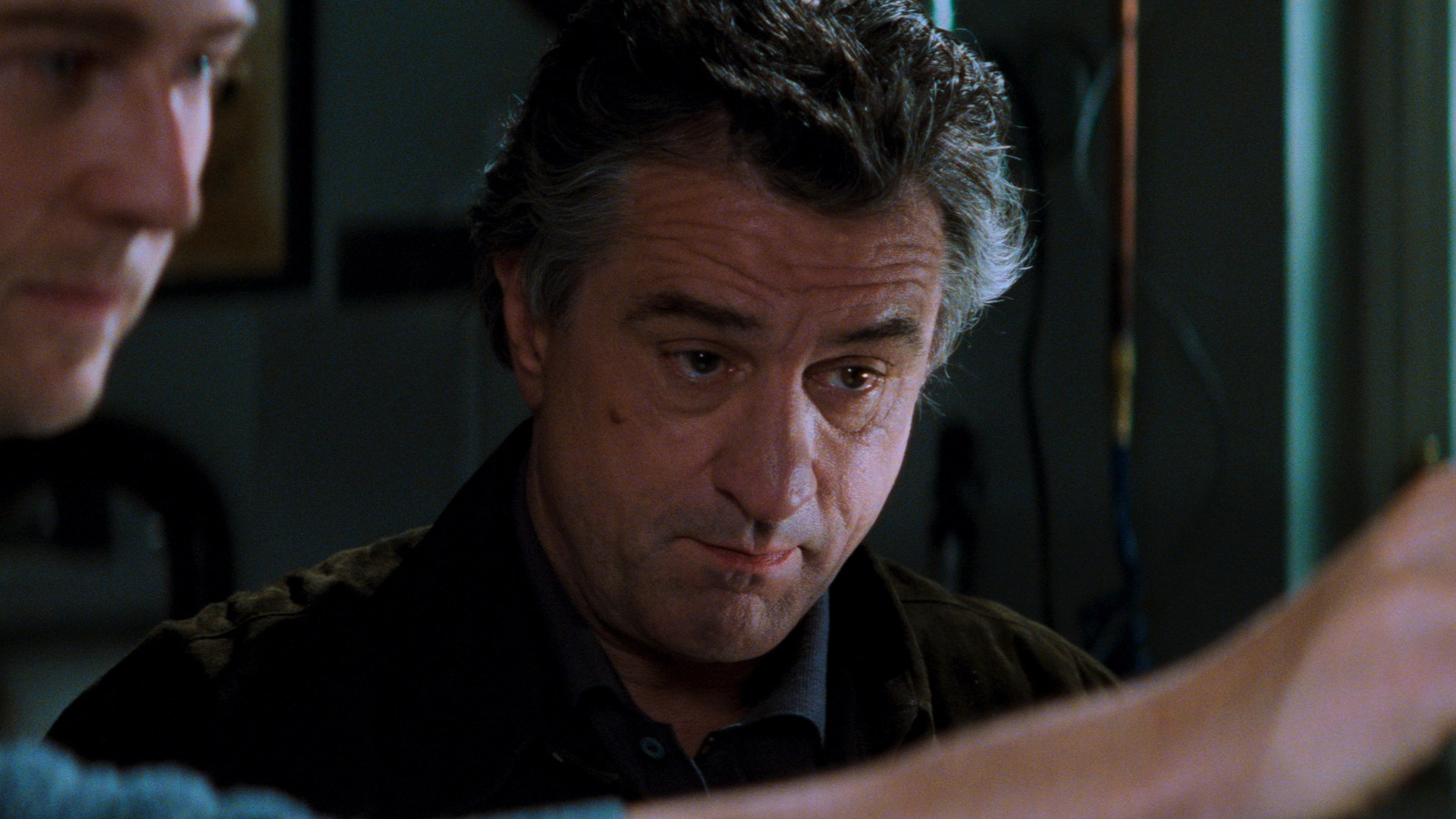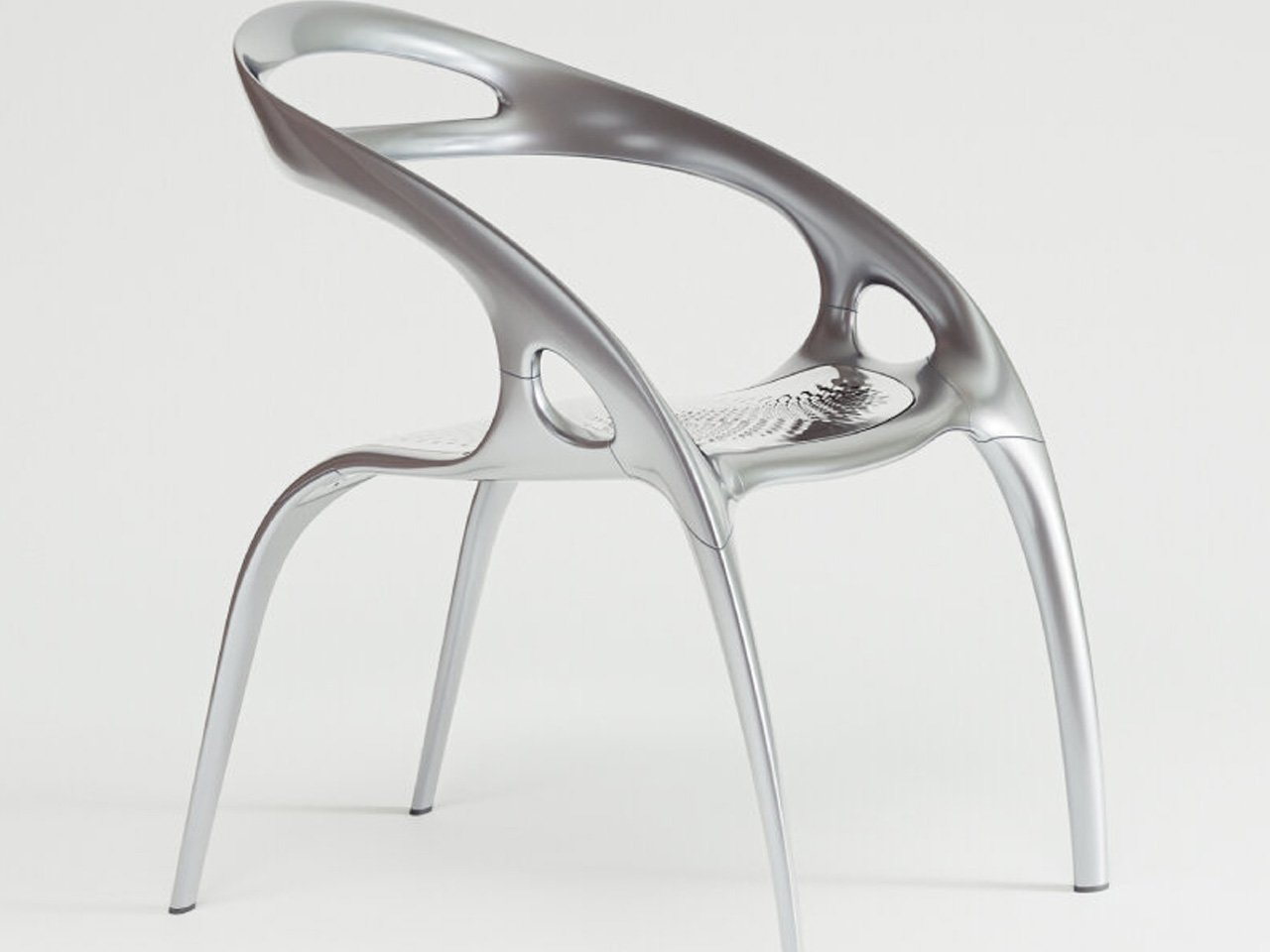This ancient ‘Venus fly-trap’ wasp used its butt to kill
S. carybdis is named after a mythical Greek sea monster that ate unsuspecting sailors. The post This ancient ‘Venus fly-trap’ wasp used its butt to kill appeared first on Popular Science.

Prehistoric insects encased in amber reveal a terrifying evolutionary road that dead-ended sometime after the mid-Cretaceous period. After examining multiple roughly 99-million-year-old specimens, researchers believe the extinct wasp species featured Venus flytrap-like abdomen appendages for capturing other insects. Once pinned down, the wasp then laid its eggs inside its prey. The findings are detailed in a study published March 26 in the journal BMC Biology.
An estimated 10 percent of all known insects are parasitoids—species whose larvae gestate inside hosts before eventually killing them. But none alive today resemble the Cretaceous era’s Sirenobethylus charybdis, according to this new research. After recently analyzing 16 amber-preserved female specimens uncovered in northern Myanmar’s Kachin region, an international team of researchers from China’s Capital Normal University and the Natural History Museum of Denmark believe S. charybdis may represent an entirely new insect family. They reached their conclusion after observing the parasitoid’s distinct hind wing vein patterns, which differ greatly from today’s Chrysidoidea superfamily that includes cuckoo and bethylid wasps.

However, the hind wings aren’t its only striking features. S. charybdis appears to have evolved a unique, three-flapped abdominal setup similar to the leaves of a Venus flytrap. The paddle-like lower flap is particularly distinctive due to its hair-like bristles.
“The abdominal apparatus of Sirenobethylus is unlike anything previously reported from any extant wasp or indeed any insect known to us,” the team wrote in their study.
Researchers posited two theories to explain the anatomy. The first hypothesis is that the females used their jawlike flaps to grip males during mating. While the team doesn’t have any male specimens to study (yet), they still think this behavior was unlikely.
“Indeed, it would be unique for insect females to restrain the males during mating, rather than the other way around,” they added.

They then offered another, far creepier explanation. S. charybdis may have used its appendages to trap potential victims, but instead of devouring its prey, the wasp likely held it down in order to deposit its eggs inside. This possibly allowed S. charybdis to wait for a more mobile winged or jumping bug to appear. If the target triggered the hairlike bristles, then the appendage flaps closed around it until the deed was done. Given that its stinger was located on the middle flap’s dorsal side, experts also believe S. charybdis may have even stung the trapped larvae host in the process.
It’s currently unclear when the horrifying wasp died out, or why later insects didn’t have this appendage. Still, the discovery indicates that at least some early Chrysidoidea species started developing parasitoid strategies by the mid-Cretaceous. For however long it lived on Earth, S. charybdis seems to have lived up to its namesake: Charybdis, the mythical Greek sea monster from The Odyssey that lurked underwater waiting to devour unsuspecting sailors.
The post This ancient ‘Venus fly-trap’ wasp used its butt to kill appeared first on Popular Science.






































/https://tf-cmsv2-smithsonianmag-media.s3.amazonaws.com/filer_public/76/04/7604f174-2171-4526-ab80-663c49cb0c84/coffee_opener.jpg?#)








































